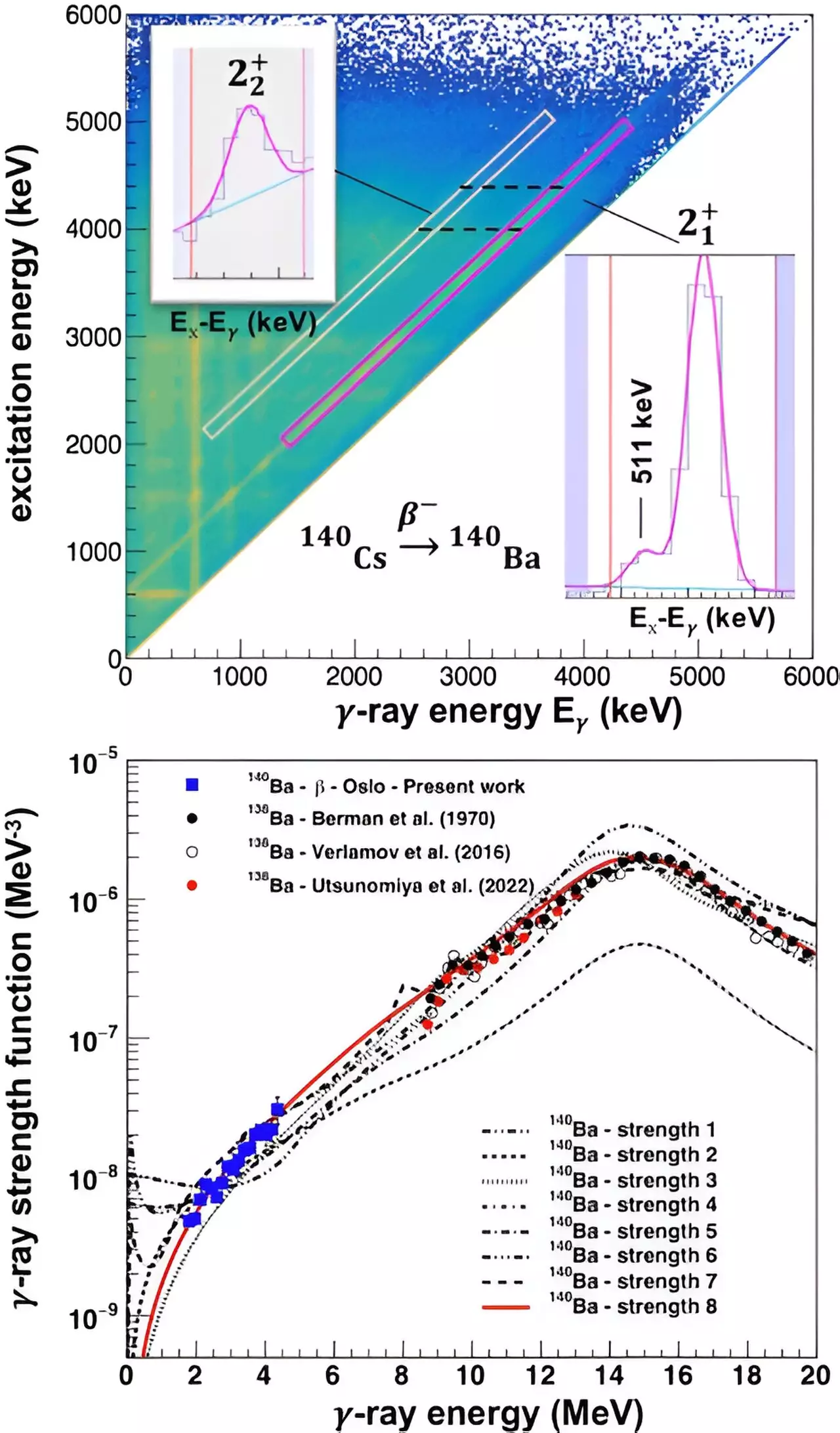Stars have fascinated humanity for millennia, serving as both navigational beacons in the night sky and powerful symbols within various cultures. However, while many enjoy their beauty, the scientific community continues to grapple with profound questions regarding their life cycles. How does a star come into existence? What processes fuel them to burn for unimaginable lengths of time? And perhaps most intriguingly, how are the elements making up our universe crafted within these celestial giants? Recent advancements in nuclear physics have begun to illuminate some of these mysteries, shining a light on the formation and evolution of stars and the elements they forge.
The lifecycle of a star can be likened to that of an artist, born from a cloud of gas and dust. These primordial materials, often found in the vast interstellar medium, come together under the influence of gravity, gradually collapsing to form a protostar. As the protostar’s core reaches extremely high temperatures and pressures, nuclear fusion ignites, marking the transition from a mere cloud of gas to a shining star. This fusion process primarily converts hydrogen into helium, releasing a tremendous amount of energy in the form of light and heat—essential not only for the star’s survival but for life on Earth as well.
The energy produced during fusion allows the star to maintain a delicate balance against the force of gravity, a state known as hydrostatic equilibrium. In this state, forces are in harmony, allowing the star to radiate energy and contribute to the growth of the universe’s chemical diversity.
As stars evolve, they engage in a process known as nucleosynthesis, which describes the formation of new atomic nuclei. Within the cores of stars, different nucleosynthesis pathways operate, primarily categorized as the rapid (“r”) and slow (“s”) processes. The r-process occurs in explosive environments like supernovae, acting quickly to generate heavy elements such as barium, lanthanum, and cesium. In contrast, the s-process takes place in older stars where nuclear reactions proceed at a more leisurely pace.
However, researchers have begun to uncover evidence suggesting that other nucleosynthesis mechanisms may also prevail, particularly an intermediate (“i”) process. Observations indicate that stars exhibiting lower metallicity — less than the typical content found in stars — display unique abundance patterns of certain elements, hinting at this additional pathway. A recent study, supported by the U.S. Department of Energy’s Argonne National Laboratory, provided critical insights into the formation of barium isotopes within the context of this complex stellar tapestry.
In an effort to clarify our understanding of stellar nucleosynthesis, a research team, including physicists from Michigan State University and the University of Cologne, employed a sophisticated technology in neutron capture experiments. The focus was on barium-139, an isotope with an exceptionally short half-life of 83 minutes, which complicates its study. Using CARIBU, a facility designed for creating and manipulating radioactive ion beams, scientists were able to measure the neutron capture rate that governs the transition of barium-139 into barium-140.
By harnessing the radiation emitted during the decay of cesium-140, which ultimately leads to barium-140, researchers could ascertain critical details about how these isotopes behave under stellar conditions. This pivotal work not only enhances models of nucleosynthesis but also sheds light on the broader complexities of element formation within stars.
The findings from this research offer merely a glimpse into the underlying mechanisms that shape the fabric of our universe. As researchers prepare for further experimental campaigns through upgrades to CARIBU, the potential for deeper insights into neutron-rich isotopes looms large on the horizon. The eventual goal is to craft a more intuitive and predictive model for stellar nucleosynthesis that transcends existing limitations.
Artemis Spyrou and her colleagues understand the profound implications of their research. “Only through rigorous experimentation can we begin to disentangle the contributions from various astrophysical processes,” she stated. This paints a picture of an exciting future in which humanity continues to broaden its understanding of the cosmos. The study of stars, once merely a source of philosophical wonder, is transforming into an intricate science revealing the story of our origins and the intricate dance of matter within the universe.
As we delve deeper into the mysteries of star formation and nucleosynthesis, we inch closer to understanding not only the stars themselves but also our place within the grand cosmic narrative. Exploring how stars produce the elements we observe invites us to appreciate not only the complexity of these celestial bodies but also the underlying connection we share with the universe at large.


Leave a Reply